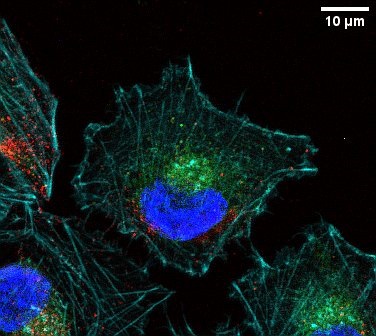NASA Successfully Conducts Full-Duration Hot Fire Test of RS-25 Engine

NASA successfully conducted a full-duration 'hot fire' test of its new RS-25 engine on June 23, 2025, at the Fred Haise Test Stand located in the Stennis Space Center in Bay St. Louis, Mississippi. This testing is crucial for the Space Launch System (SLS) rocket, which will be utilized in upcoming Artemis missions aimed at lunar exploration. The RS-25 engine, designated No. 20001, was ignited for nearly 500 seconds, mirroring the operational duration required during an actual SLS launch. This test is significant as it marks the first full-duration firing since NASA completed its RS-25 certification testing in April 2024.
The RS-25 engines, developed by L3Harris Technologies, formerly known as Aerojet Rocketdyne, are renowned for their reliability and performance. During this test, the engine was pushed to 111% power capacity, assessing its operational limits. According to Johnny Heflin, the SLS Liquid Engines Manager at NASA, “The newly produced engines on future SLS rockets will maintain the high reliability and safe flight operational legacy the RS-25 is known for while enabling more affordable high-performance engines for the next era of deep space exploration.”
Historically, the RS-25 engine has been a vital component of NASA’s space endeavors, with its origins tracing back to the 1960s. The engine was first utilized in the Space Shuttle program, which commenced in April 1981. For the Artemis missions, a total of four RS-25 engines will generate approximately 8.8 million pounds of thrust at liftoff, propelling the SLS rocket and its Orion crew capsule into orbit. NASA's Artemis II mission, scheduled for April 2026, will mark the first crewed journey beyond low Earth orbit since Apollo 17 in 1972, while Artemis III aims to achieve a lunar landing in 2027.
This latest test not only underscores NASA's commitment to advancing space exploration technology but also reflects its historical legacy in rocketry. The implications of successful tests like the RS-25's extend beyond immediate mission capabilities, potentially influencing future deep space missions and the development of advanced propulsion systems. Furthermore, it highlights the collaboration between various contractors and government entities, ensuring that the U.S. remains at the forefront of space exploration.
As NASA continues to prepare for its Artemis missions, the successful hot fire test of the RS-25 engine represents a critical milestone in its ambitious agenda to return humans to the moon and eventually pave the way for Mars exploration. The future of human spaceflight is poised for significant advancements, with the Artemis program leading the charge in preparing for more profound explorations in our solar system.
Advertisement
Tags
Advertisement





